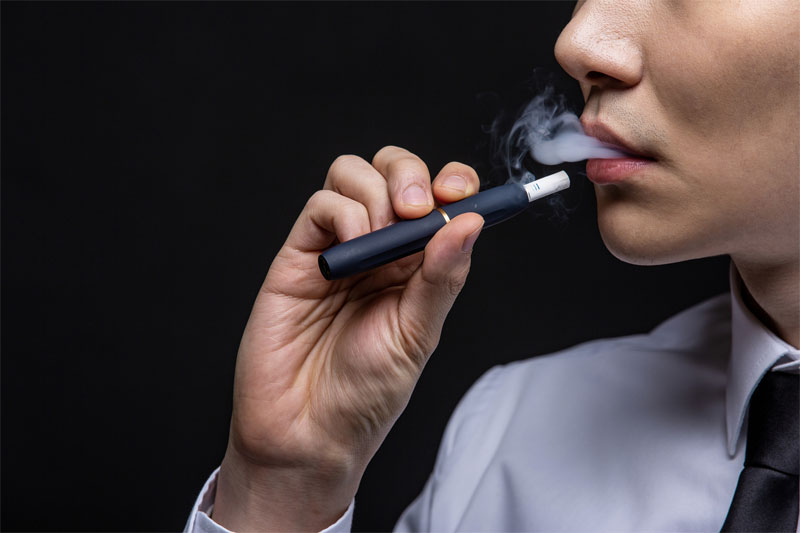Understanding the Effects of Vapor from Electronic Cigarettes on Others
Electronic cigarettes, commonly known as e-cigarettes, have sparked debates regarding their safety for users and the environment. The question arises: is the vapor emitted from e-cigarettes harmful to those around? To delve deeper, we must first understand what e-cigarette vapor is comprised of. E-cigarette vapor is not smoke; it is a vaporized mist consisting mainly of nicotine, flavorings, and other chemicals. Unlike traditional cigarette smoke, which contains harmful tar and carcinogens, e-cigarette vapor purports to be less toxic. However, that does not necessarily mean it is completely safe for non-users.
Composition of E-Cigarette Vapor
The primary constituents of e-cigarette vapor are propylene glycol, vegetable glycerin, nicotine, and flavorings. Propylene glycol and vegetable glycerin are generally recognized as safe when used in food products. Nevertheless, the inhalation of these substances may introduce respiratory irritation.
Nicotine, a potent component, is addictive and has potential cardiovascular impacts even at low concentrations, raising concerns over exposure to non-vapers.
Secondhand Vapor: Potential Risks

While research is ongoing, there is evidence suggesting secondhand vapor could have adverse effects. Studies have identified traces of heavy metals such as nickel, tin, and lead in the vapor, known for their health risks over prolonged exposure. These elements can potentially lead to respiratory issues or exacerbate conditions like asthma.
- Air Quality Impact: Continuous exposure to vapor may affect indoor air quality, increasing particulate matter emissions that can be inhaled by bystanders.
- Health Implications: Despite fewer toxic elements than tobacco smoke, the long-term effects of inhaling vapor are still not fully understood, necessitating caution.
Regulation and Public Spaces

The increase in vaping prompts questions about regulations. Many areas have implemented restrictions analogous to tobacco smoking bans in public spaces to curtail exposure to non-users. This policy initiative aims to prevent unintended health risks and protect bystanders from involuntary inhalation.

